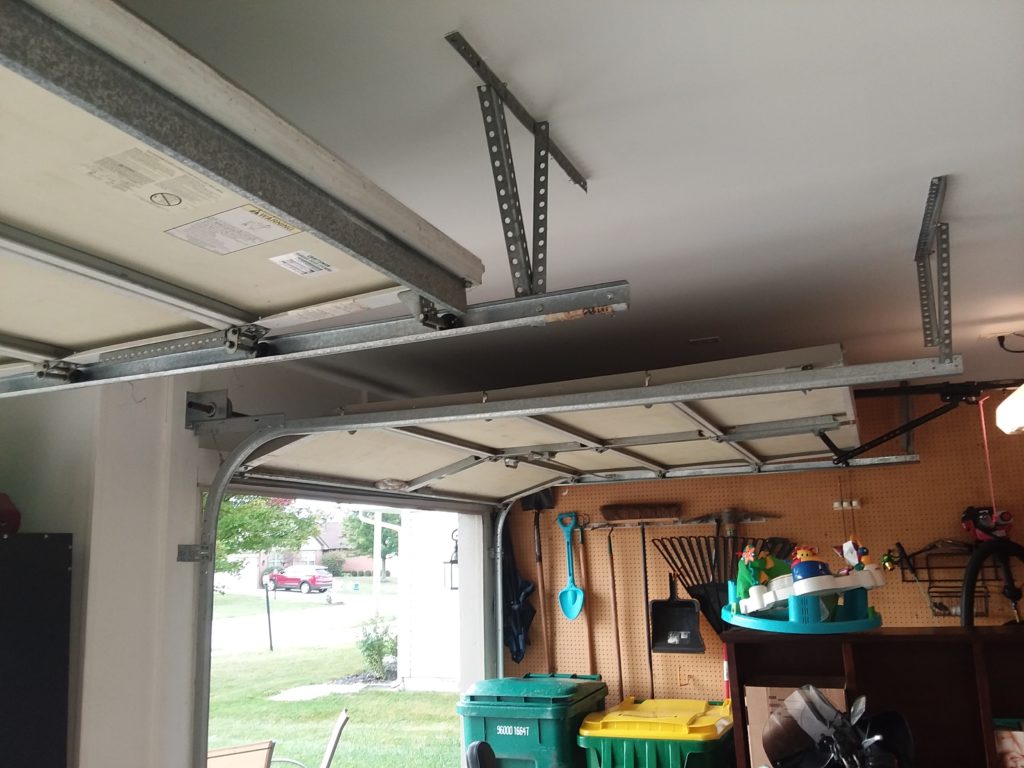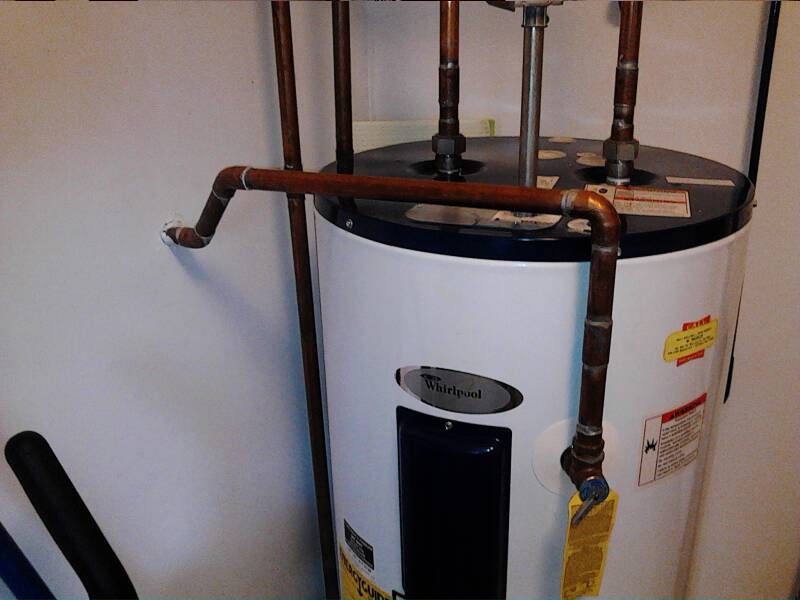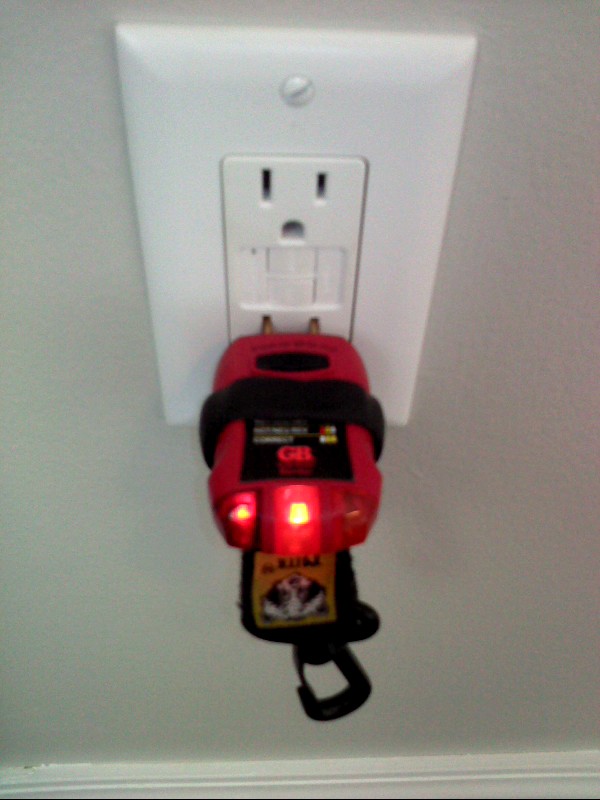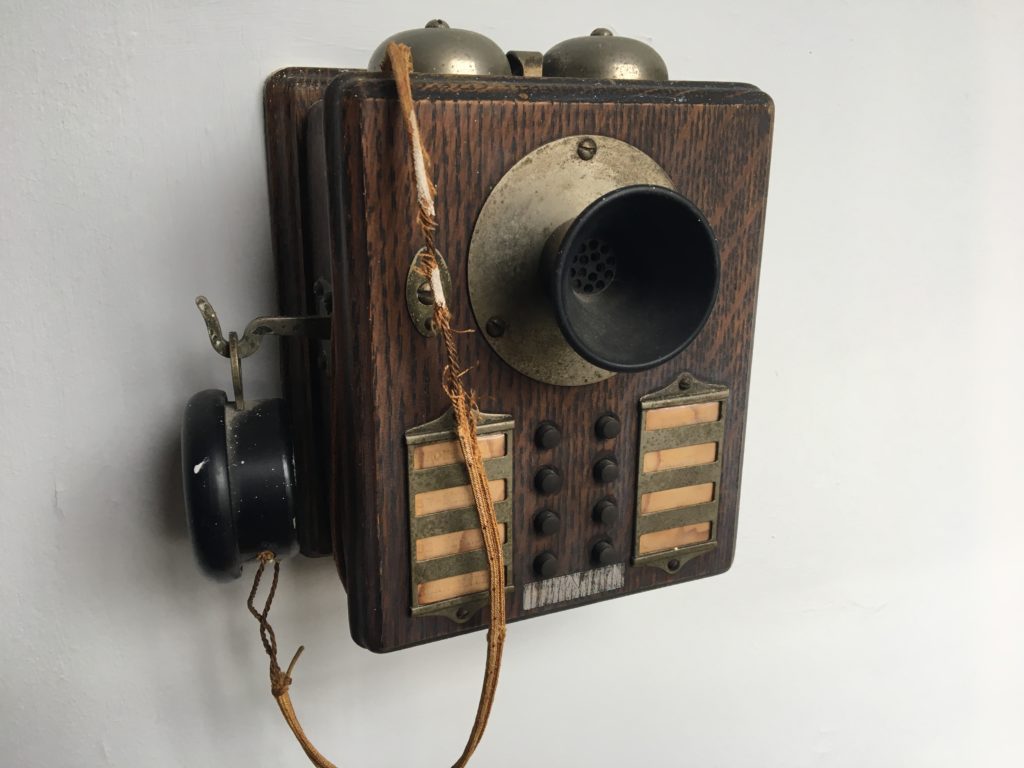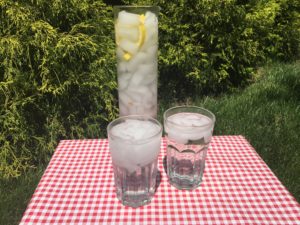 The question of whether or not to have your water tested is a serious one that concerns the health of you and your family. Your water should be safe to drink and acceptable for all household uses. Most people think of testing water for drinking quality and forget about the less serious problems that may be present such as taste, odor, and staining of laundry, or fixtures.
The question of whether or not to have your water tested is a serious one that concerns the health of you and your family. Your water should be safe to drink and acceptable for all household uses. Most people think of testing water for drinking quality and forget about the less serious problems that may be present such as taste, odor, and staining of laundry, or fixtures.
To test for every type of contaminate possible in water would be impractical. However, depending on your situation, you should decide on which tests might be best suited to you. Some of these tests are available on-site, others have to be sent to a lab. Depending on the test, lab results may take from two to fourteen days to be received.
Common Well Water Tests
Bacteria / Coli-form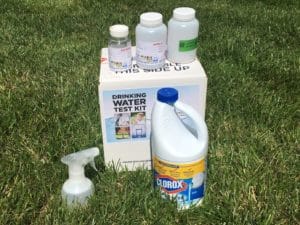 Bacteria
Bacteria
One of the most common water tests checks for bacteria that may be entering the water supply as a result of a failing septic tank, sewer line or water runoff from certain agricultural lands. Lab results: two to four business days. In most cases of bacteria in well water can be removed by sanitizing the well and water system using super chlorination. If chlorination fails to remedy the problem a new well or a chlorination system must be installed to make the water safe to drink.
Nitrate/ Nitrite
Test for contamination in the water supply from fertilizers, pesticides, and animal waste. Generally an elevated level of nitrate/nitrite is not of great concern to most peoples health. Lab results: on site (and to the lab, 14 – 21days). Levels above 10mg per liter are of concern if a baby is been fed formula made with this water. A reverse osmosis water filtration system will remove nitrate/nitrite from the water.
Lead
Older homes may have lead piping. Newer homes may have lead in fittings or solder joints. A high level of lead in drinking water causes damage to the brain and the central nervous system. A reverse osmosis water filtration system will remove lead from the drinking water. Lab results: ten to fourteen days.
 Iron (Total Iron)
Iron (Total Iron)
If red staining is noticed on bathroom fixtures, the iron level content needs measuring. Lab results: on site. Excessive iron can be controlled with a water softener, or softener in combination with a sulfite filter or chlorination system.
Hardness (Total Hardness)
Water hardness affects how laundry detergents, shampoos and soap work. Hard water leaves a film on glass; spots would also be noticed on a newly washed car. Any hardness above three grains per gallon would benefit from a water softener. This test can also be used to check the effectiveness of an installed water softener. Lab results: on site. Excessive water hardness is controlled with a water softener. The harder the water the larger the softener needs to be. Water hardness is measured in grains. Soft water 1 – 3 gpg / grains (0 – 50 parts per million) Hard water 4 – 7 gpg / grains (60 – 120 parts per million) Very hard water 8 – up gpg / grains (130 – up Parts per million)
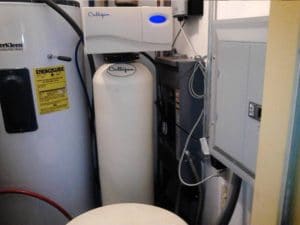 Iron (Total Iron)
Iron (Total Iron)